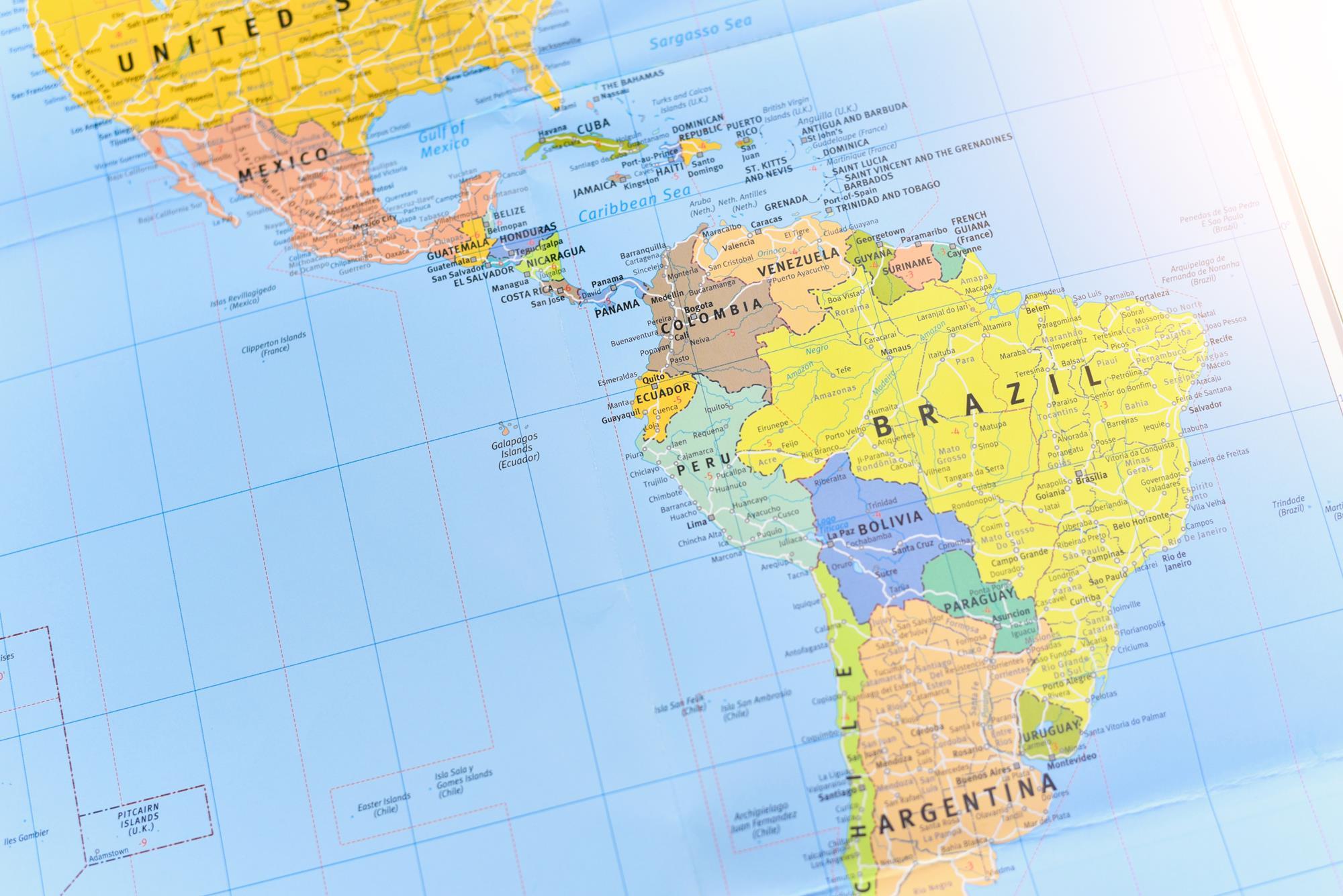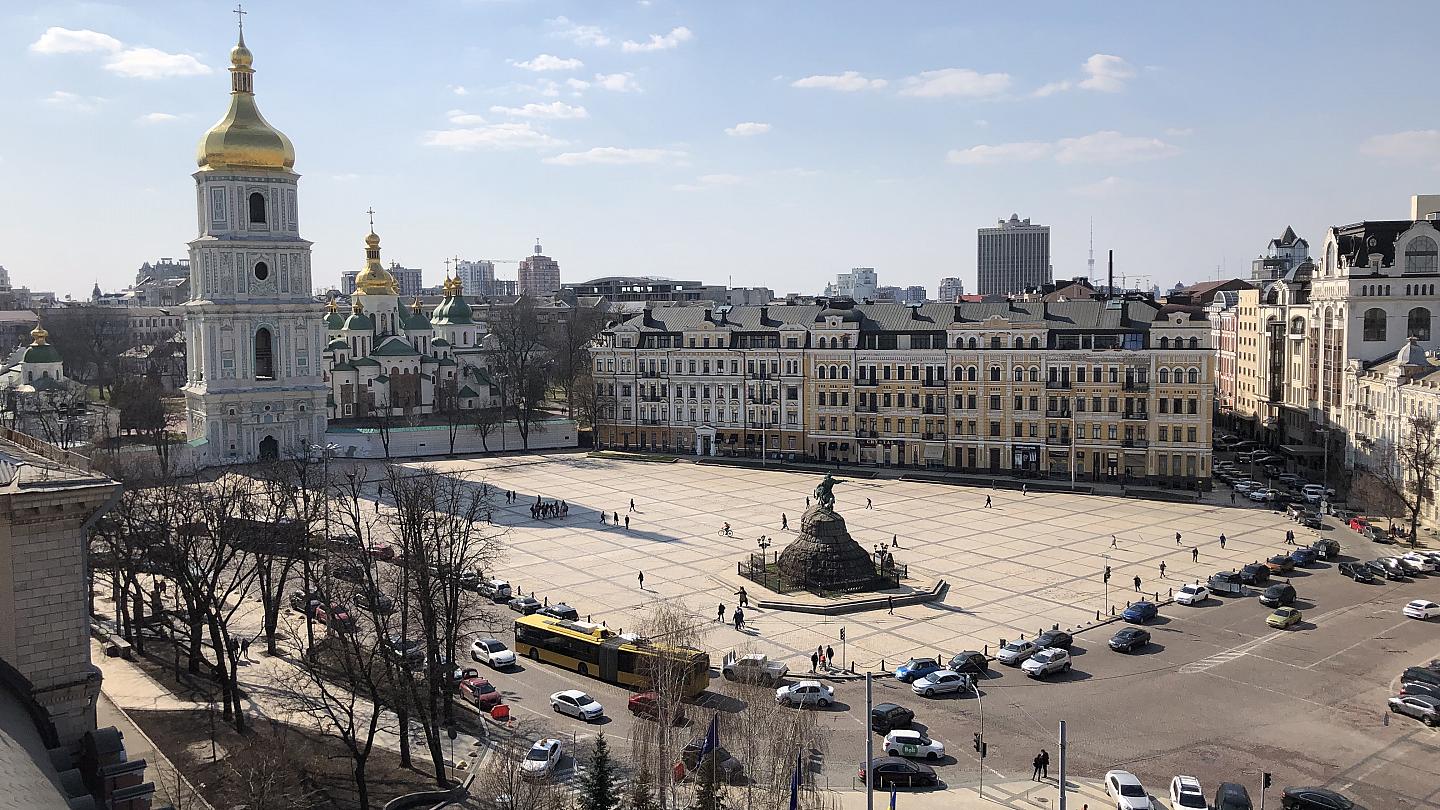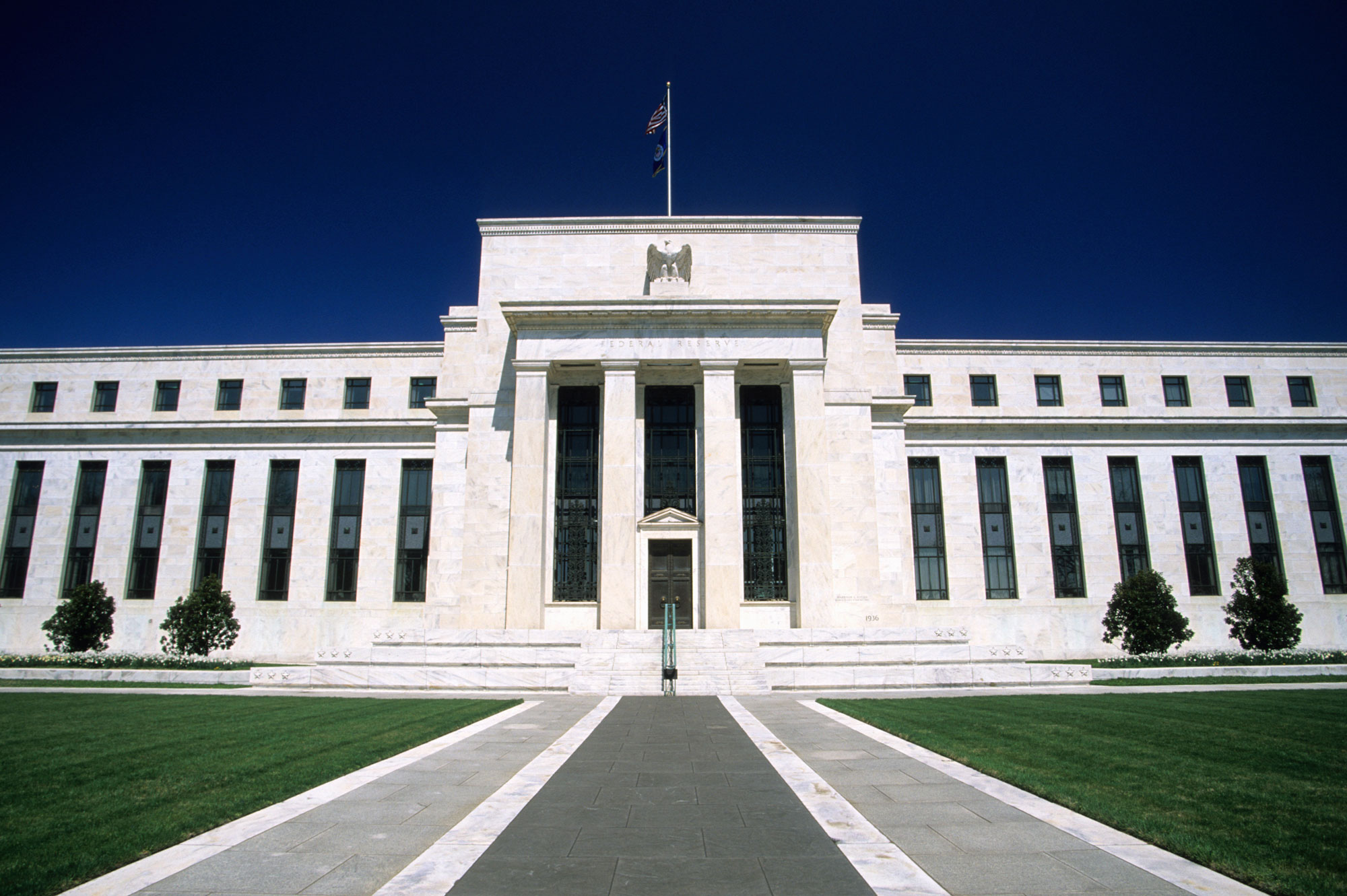With all eyes on Mexico’s PEMEX, the state-owned oil conglomerate, in the wake of the commodities downturn, recent moves by the Mexican government pricing in oil for 2017 at $38 dollars per barrel did not go unnoticed. In total, the “oil hedge” carried out in August by Mexico totaled $1billion, giving the emerging market some breathing room should oil not rebound to its triple-digit highs of a few years ago, or even to $50/bbl.
“Mexico’s successful oil hedge program underpins a prudent approach to drafting the 2017 budget,” Jaime Reusche, a senior sovereign analyst at Moody’s Investor Service (MIS) said in a statement.
Although the [Mexican] budget assumes oil at $42 a barrel, the new hedge set at $38 a barrel with the difference being made up by savings in the budget stabilization fund, which was topped up earlier in the year by cash from Banxico’s (the central bank’s) record surplus.
Significant US Ties
Mexico’s close ties to the United States, as well as the global economy, through trade and various financial links, expose the country to external shocks, according to a report published by MIS in August. The agency currently holds an “A3 Negative” rating on the country. Global financial markets have recently suffered bouts of volatility due to a range of factors including the recent U.K. ‘Brexit’ referendum, persistently low oil prices, and concerns about the pace of U.S. monetary policy/Fed tightening stabilization. As a result, Mexico has seen continued volatility in 2016 in the peso, its official currency.
The Mexican government responded by tightening both fiscal and monetary policies during the first half of 2016. Mexico’s Minister of Finance announced expenditure cuts of MXN31.7 billion (around $1.7 billion, or 0.15% of GDP) in the federal government budget released on June 24. Almost all of the proposed cuts will be made through a reduction of current expenditures.
Its central bank, Banixco, has not stood on the sidelines. Less than a week after the new budget debuted monetary policy was front and center, with the policy rate being pushed up by 50 basis points to 4.25% to curb the recent depreciation in the peso.
While economic activity continues to be supported by the country’s service sector, the industrial sector remains a major drag on growth. Decreasing oil production partly explains the weakness in growth, external volatility continues to have a negative effect on the country’s economy.
“Slower growth will challenge the government’s fiscal consolidation strategy, financial volatility could further complicate the macroeconomic outlook,” Reusche commented. “The oil hedge and strong tax collection should support the fiscal accounts, but ultimately government debt ratios will only stabilize if the authorities continue to exercise expenditure restraint.”








